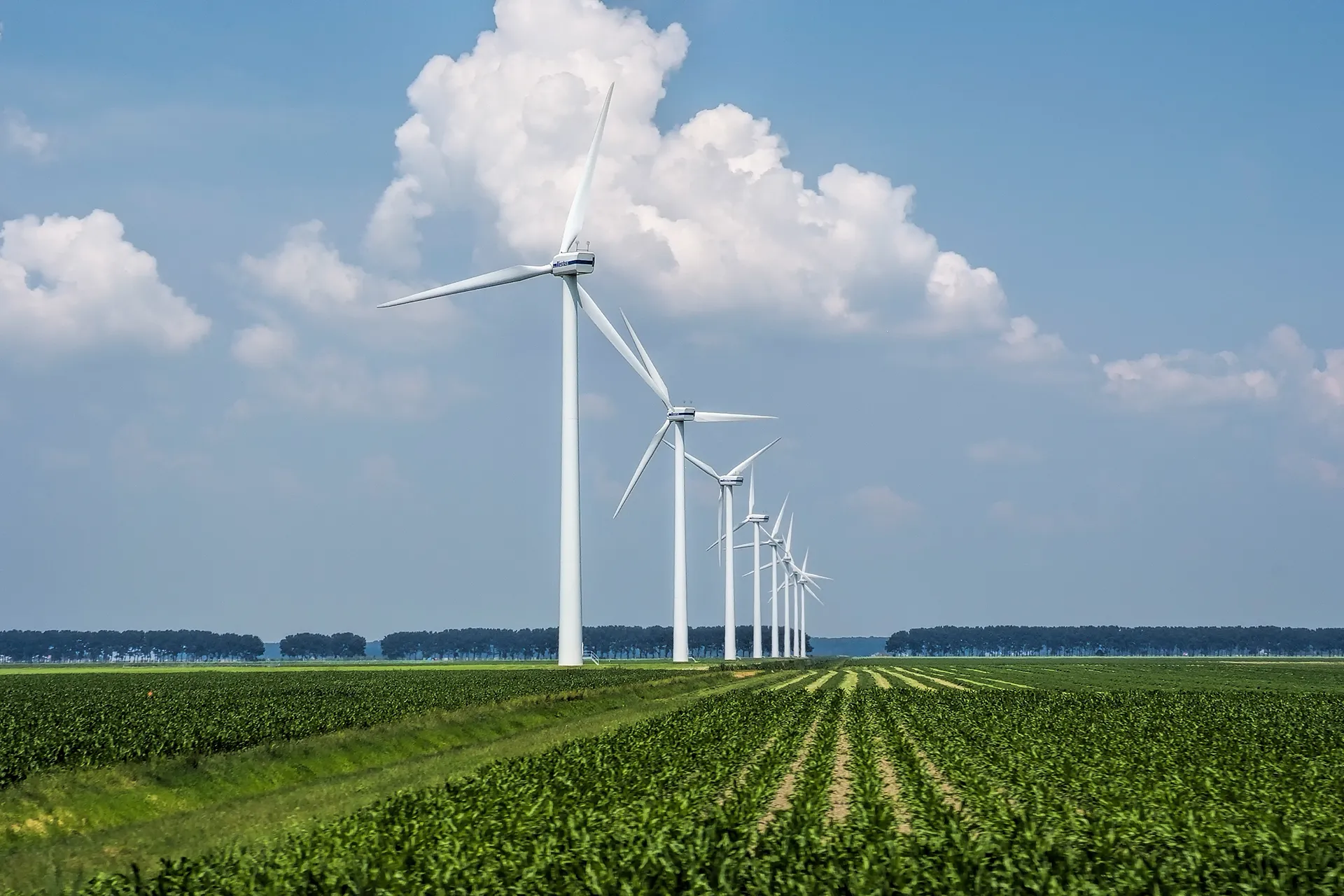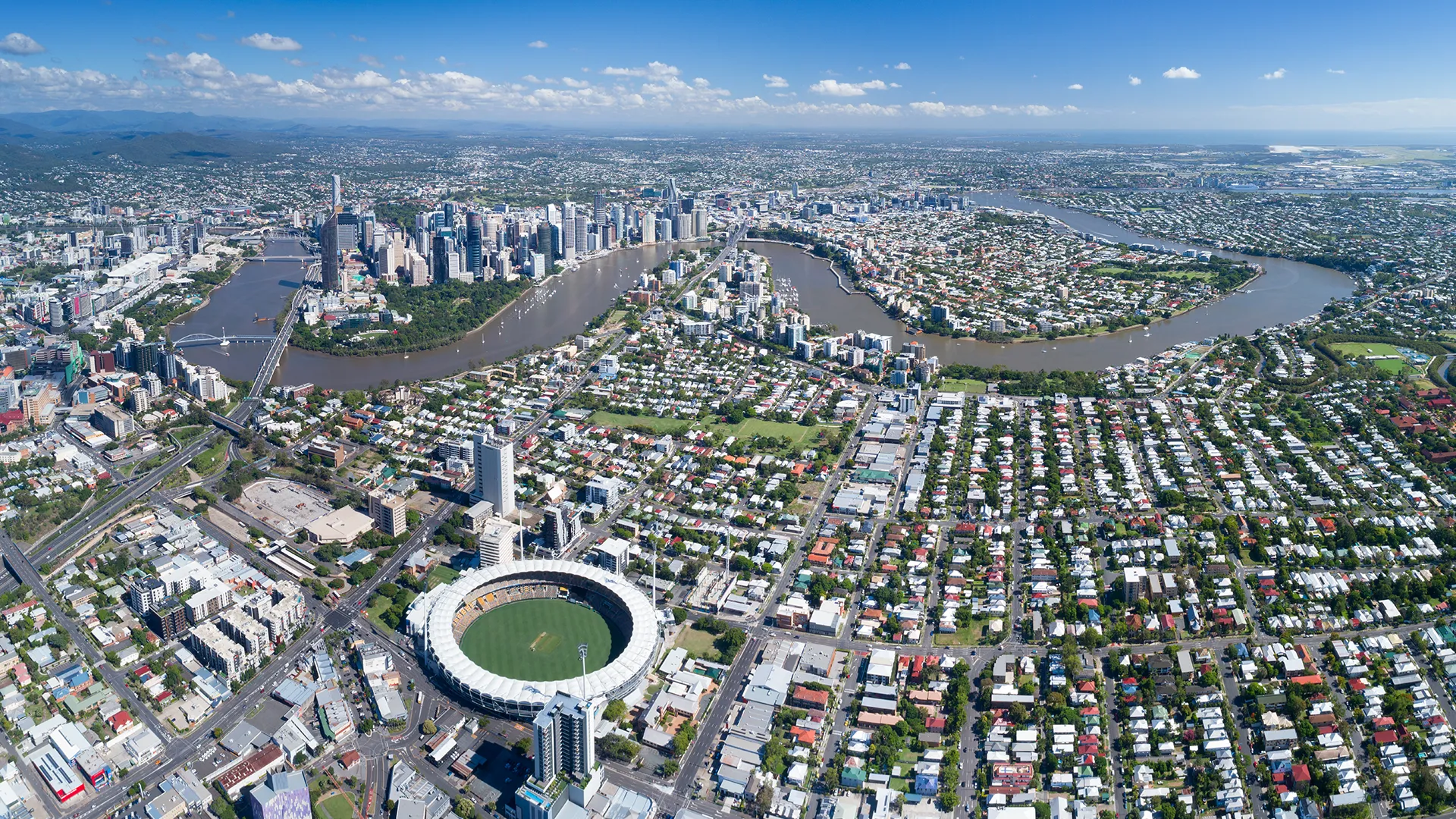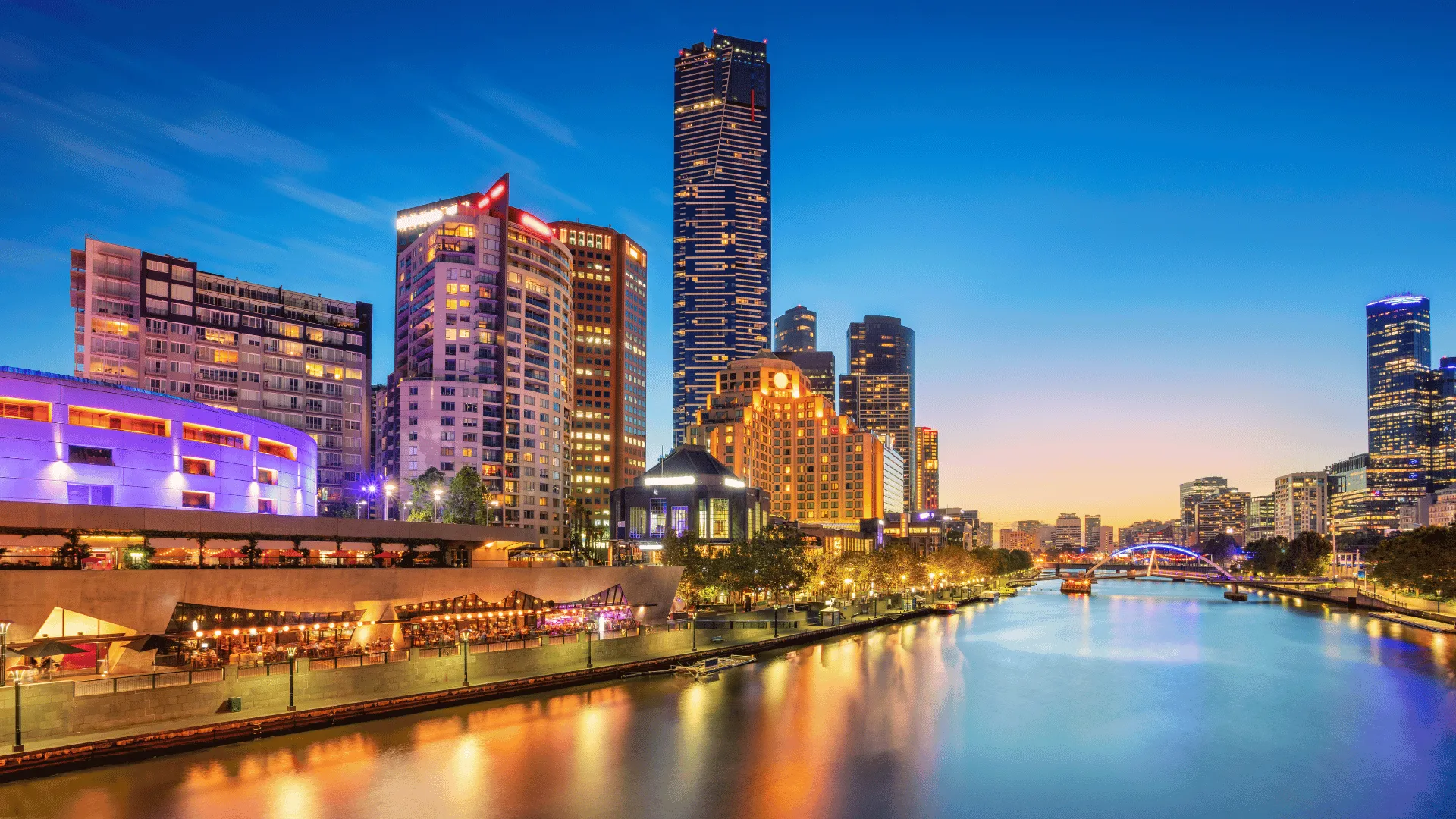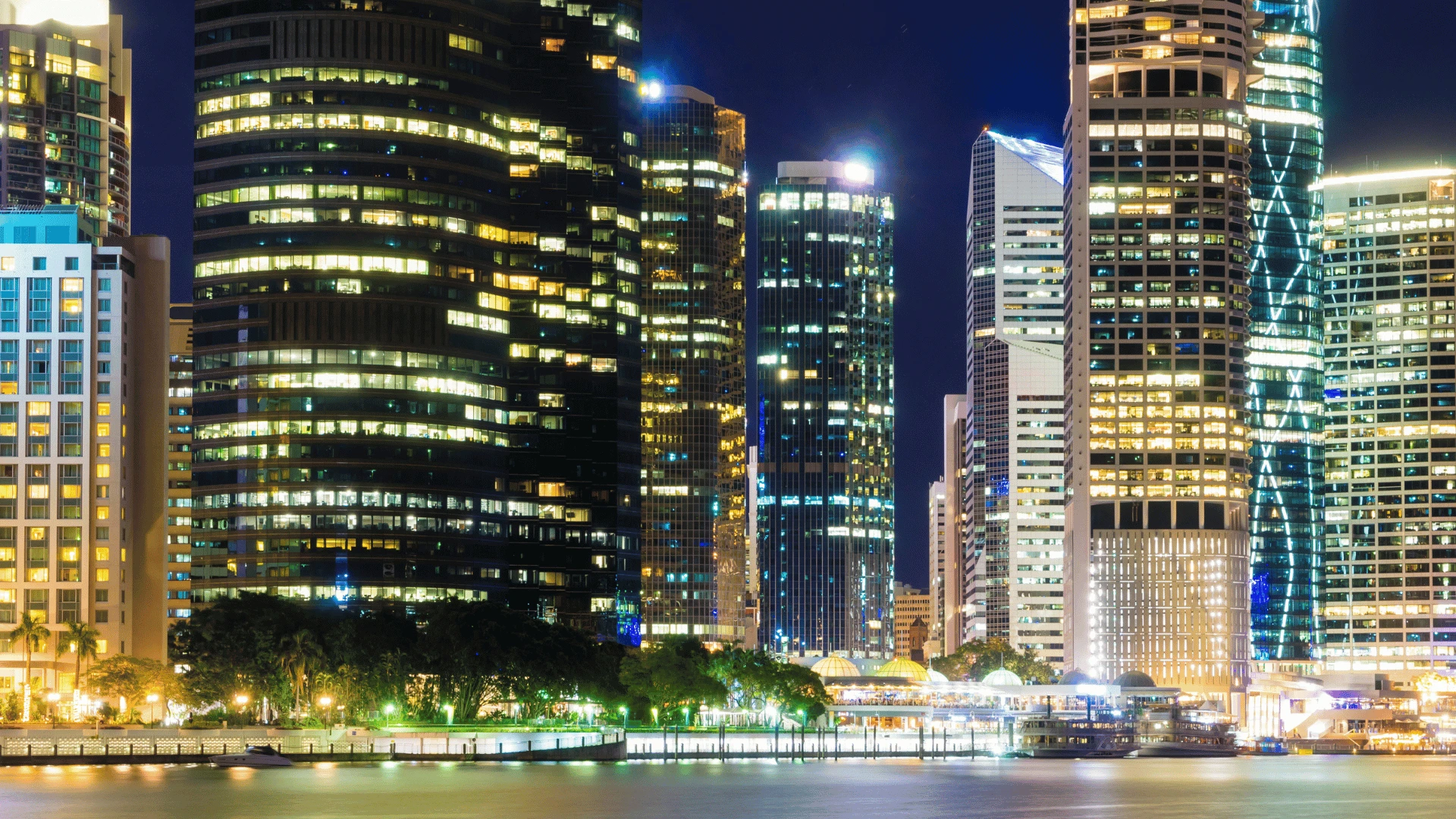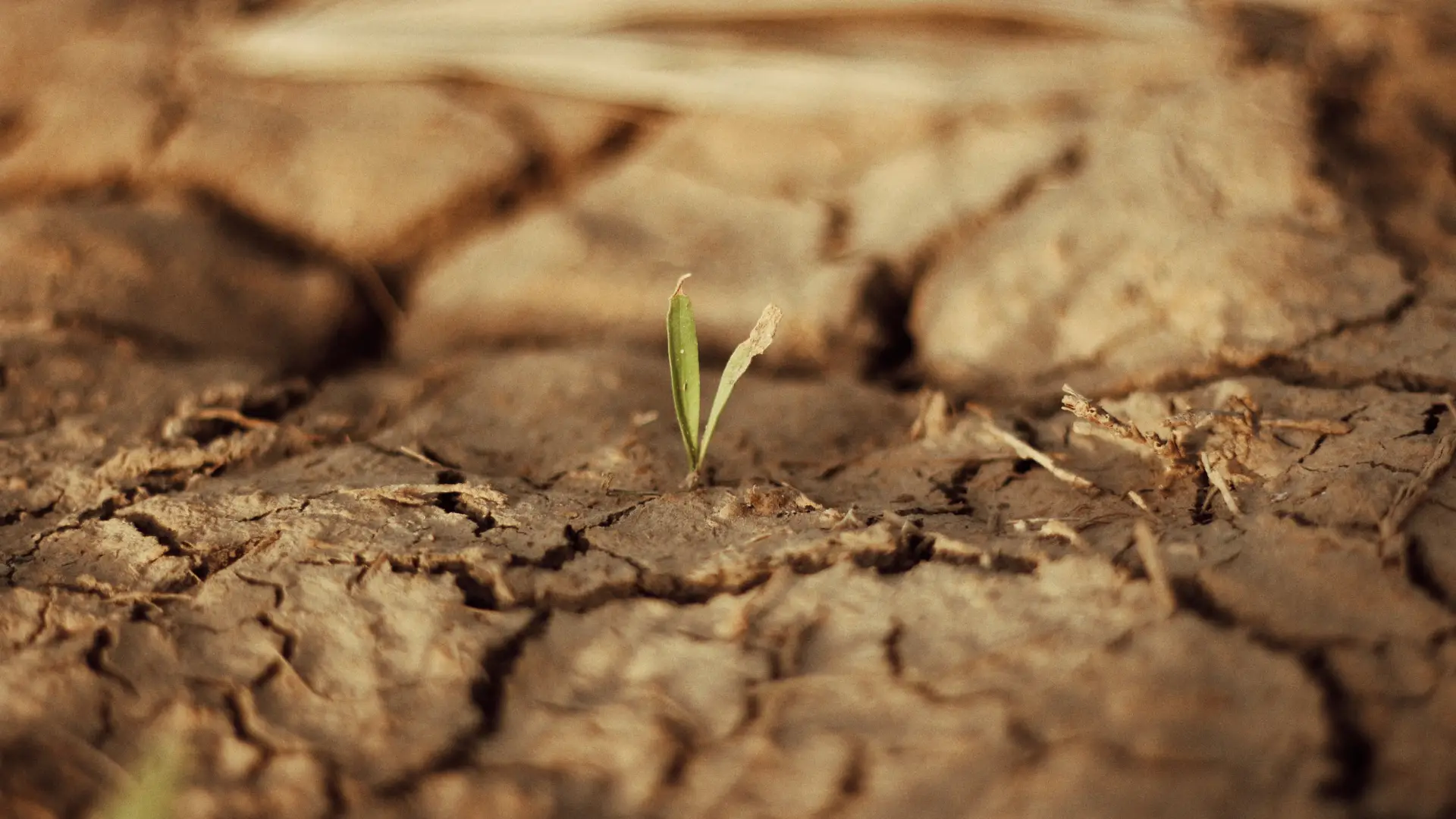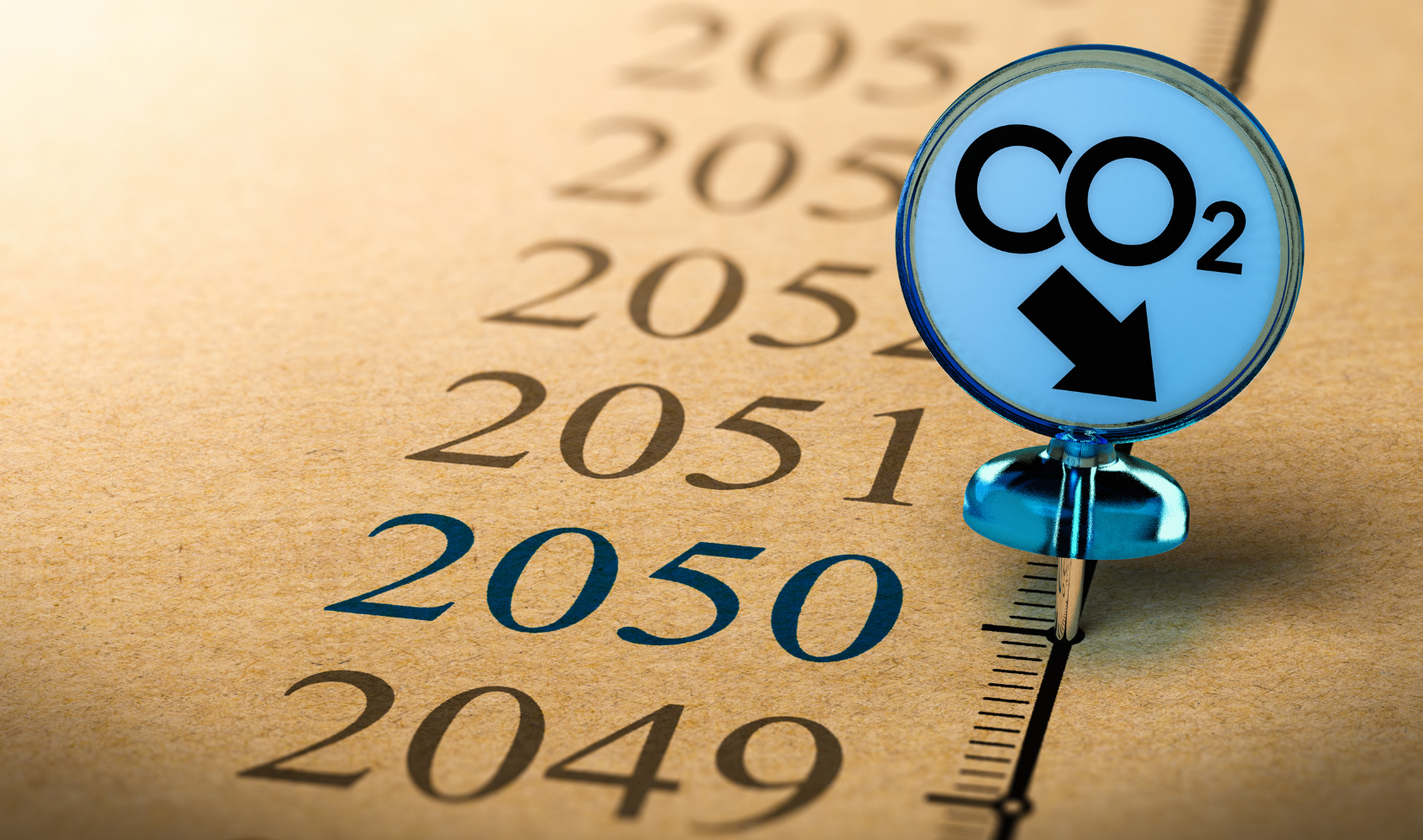Brisbane 2032 International Olympic Committee (IOC) have called for businesses to be “Brisbane Olympics 2032 Ready” but what does this mean for your Business Energy?
As we countdown to the Brisbane 2032 Olympics, action towards creating Australia’s first net zero carbon region has commenced with the launch of the Brisbane 2033: Legacy Project. This project outlines a policy and framework of SMART goals across the key themes of Connected, Creative, Equitable and Enterprising with the goal to achieve a Climate Positive Games and positive legacy for the region.
“In 2032, the eyes of millions of people will be in our homes, what do we want them to see?” John Coates AC, President of Australian Olympic Committee.
The Queensland Government has indicated that all business intending to be a part of the Brisbane Olympics 2032 will be required to meet the net zero carbon goals and the Games’ procurement rules on zero emissions and zero waste.
So how can you become Brisbane 2032 Olympics Ready and be a part of Australia’s first net zero carbon region?
Our team of energy experts at Edge Utilities have outlined three key ways below.
3 ways to show your business’s commitment to a Climate Positive Games with Edge Utilities.
-
Reduce your carbon emissions.
Taking action to reduce carbon emissions is a crucial step in preparing for the Brisbane 2032 Olympics. There are various effective approaches to achieve this goal. These include conducting equipment assessments, upgrading to energy-saving infrastructure, implementing solar panels, integrating smart technology, and adopting energy-efficient lighting solutions.
By implementing these strategies, businesses can make significant strides towards Brisbane 2032 Olympics readiness while actively contributing to a sustainable future.
-
Purchase green energy.
Simply purchasing green energy is another great way to show your Climate Positive commitment to the Brisbane 2032 Olympics. Edge Utilities can work with you to secure cost effective energy procurement from renewable resources, such as solar, wind and hydro. We do the administrative work for you, ensuring reliable secure energy for your business whilst, managing cost and reducing your emissions through green purchasing.
As part of our comprehensive services, we can guide your business in exploring energy procurement and generation options, including energy carbon offsets, enabling you to make informed decisions towards sustainable and low-carbon operations. We are deeply committed with renewable energy, which play a critical role in preparing for a Climate Positive Olympics.
One of our key offerings is the facilitation of Power Purchase Agreements PPAs powered by Edge2020. Power Purchase Agreements allow businesses to procure energy from renewable sources such as solar, wind, and hydropower at fixed, predictable costs. This approach is particularly advantageous for small to medium-sized businesses, providing a cost-effective path to lower carbon emissions and fostering growth within the renewable energy sector.
Learn more about Power Purchase Agreements.
-
Join a renewable energy portfolio.
A renewable energy portfolio can open a wealth of opportunities for your business and goes beyond simply securing renewable power. By joining a power portfolio, you will benefit from the power of bulk purchasing, yielding cost advantages not usually accessible to individual businesses and mitigating price fluctuations. Edge Utilities offers individual businesses the opportunity to apply for a renewable energy portfolio through our Edge Utilities Power Portfolio (EUPP).
When businesses join the Edge Utilities Power Portfolio, they gain access to the kind of purchasing power that is typically only available to larger portfolios. This opens the door to custom-made electricity contracts, providing an essential tool for businesses aiming to achieve net zero emissions. Edge Utilities Power Portfolio serves to remove obstacles for Australian businesses, making the goal of 100% renewable electricity within their contracts a more achievable reality. This not only supports environmental initiatives but also echoes the sustainable business strategies akin to the values championed by global events like the Brisbane 2032 Olympics.
Discover more about the Edge Utilities Power Portfolio.
Edge Utilities has a climate active registered consultant, and it’s powered by Edge2020. Gain access to tailored energy solutions, green energy experts, risk management and emission reduction strategies designed to secure your energy procurement, mitigate fluctuating energy prices, and go for green and gold!
Connect with us today.

